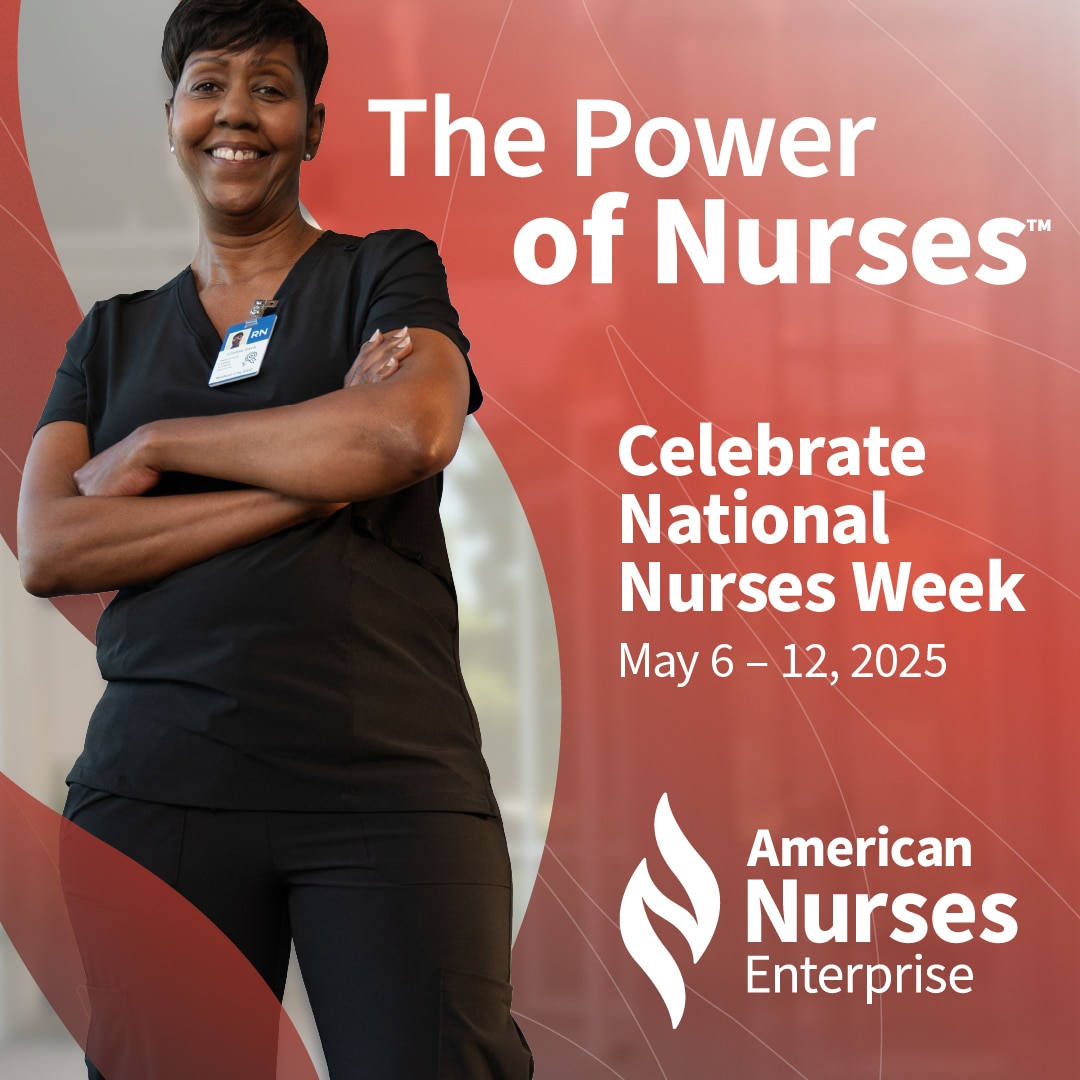Virginia Health Services President and CEO Mark Klyczek found a way to improve nursing home and rehabilitation facilitie…





CORPORATE OFFICE
240 NAT TURNER BLVD.
NEWPORT NEWS, VA 23606
757-596-6268
COPYRIGHT © 2025
VIRGINIA HEALTH SERVICES

It’s National Nurses Week (May 6-12) and Virginia Health Services would like to introduce you to our Directors and Assistant Directors of Nursing. The group